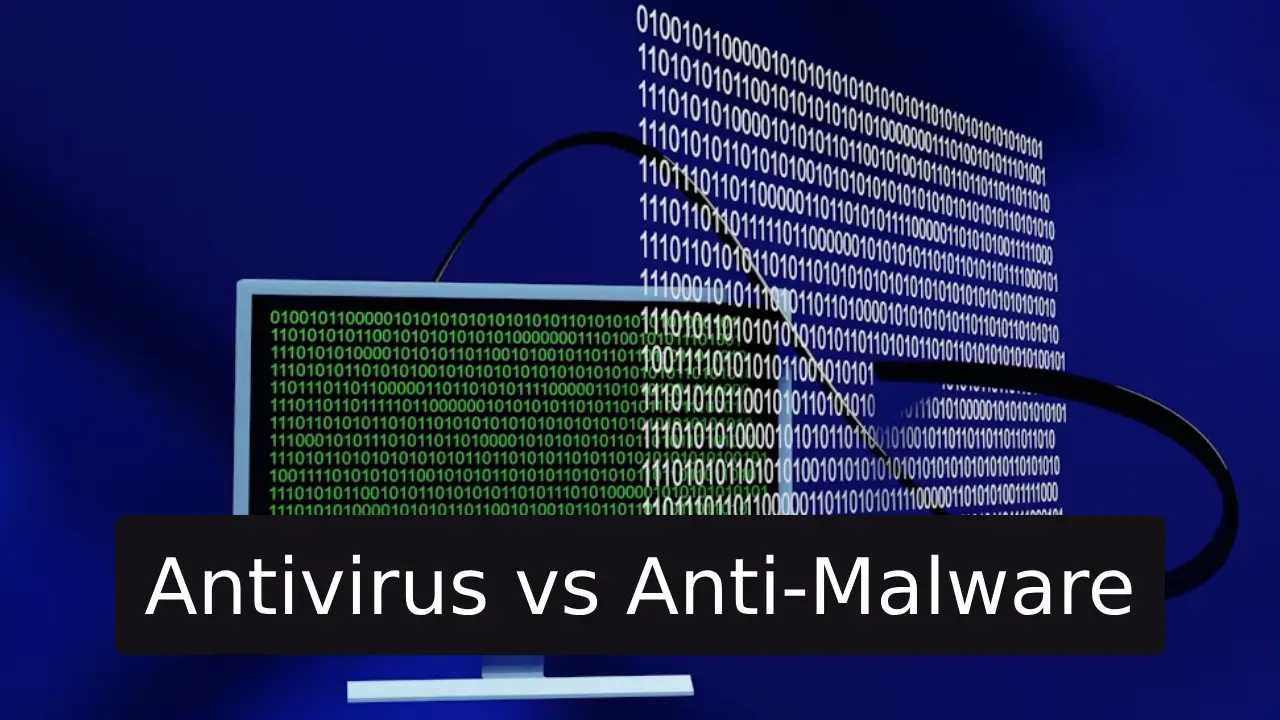Beyond Viruses: Understanding Firewalls, Anti-Malware & EDR
When debating antivirus vs anti-malware, most users overlook a critical truth: neither tool alone can combat today’s sophisticated cyber threats. As malware evolves beyond traditional viruses, your digital safety hinges on understanding three pillars—firewalls, anti-malware suites, and EDR (Endpoint Detection and Response). This guide demystifies these layers and reveals why a unified strategy is non-negotiable in 2024.
Antivirus vs Anti-Malware: Untangling the Confusion
For decades, “antivirus” software targeted known threats like worms and Trojans. Modern anti-malware, however, casts a wider net. It hunts ransomware, spyware, zero-day exploits, and even phishing scripts. Think of antivirus as a locked door—effective against obvious intruders—while anti-malware is a 24/7 surveillance system spotting suspicious behavior.
Key Difference: Antivirus reacts to known threats; anti-malware proactively analyzes code for anomalies.
Firewalls: Your Digital Moat
Firewalls filter traffic between your device and the internet. They block unauthorized access using:
- Packet Inspection: Scans data chunks for red flags.
- Rule-Based Filters: Blocks traffic from suspicious IPs.
- Application Control: Restricts apps from risky connections.
Without a firewall, your device is a castle with open gates—exposed to port scanners, botnets, and brute-force attacks. Windows Defender Firewall (built-in) or hardware firewalls like pfSense (external link) are foundational.
Anti-Malware: Beyond Virus Scanning
While antivirus tools stagnated, anti-malware adapted. Tools like Malwarebytes combine:
- Heuristic Analysis: Detects never-before-seen malware by code patterns.
- Behavioral Monitoring: Flags apps altering system files unexpectedly.
- Real-Time Protection: Halts threats during execution, not just at download.
Example: A cryptojacking script might slip past antivirus but trigger anti-malware when it hijacks CPU resources.
EDR: The Enterprise-Grade Sentinel
EDR (Endpoint Detection and Response) is the evolution of the antivirus vs anti-malware debates. It’s AI-driven, focusing on:
- Threat Hunting: Actively seeks hidden threats in networks.
- Forensic Trails: Maps attack origins for faster remediation.
- Automated Response: Isolates infected devices in seconds.
Companies like CrowdStrike use EDR to foil advanced persistent threats (APTs). For SMBs, SentinelOne offers scalable plans.
Why Layering is Non-Negotiable
Relying on one tool? That’s like wearing a raincoat in a hurricane. Modern threats demand overlapping defenses:
- Firewall: Filters incoming/outgoing traffic.
- Anti-Malware: Scans for malicious payloads.
- EDR: Hunts stealthy, advanced attacks.
In 2023, 76% of breaches (IBM Report) exploited gaps in single-layer security.
5 Steps to Build Your Ironclad Defense
- Enable Hardware Firewalls: Use router-based firewalls + software solutions.
- Pair Antivirus with Anti-Malware: Run Norton (antivirus) alongside HitmanPro (anti-malware).
- Adopt EDR for Critical Systems: Especially for remote work devices.
- Update Relentlessly: 60% of breaches target unpatched flaws (CISA).
- Train Humans: Phishing causes 90% of breaches—simulate attacks with KnowBe4.
The Future: Integration is King
Next-gen tools like Bitdefender GravityZone merge antivirus, anti-malware, firewall, and EDR into one dashboard. As AI-driven threats rise, siloed tools will fail. Your best defense? A unified, layered ecosystem.
Final Verdict: Antivirus is your base vaccine. Anti-malware is your booster shot. Firewalls and EDR? They’re the force field and the emergency team.

